Alabama
20 Deserted Structures In Alabama That Nobody Cares About
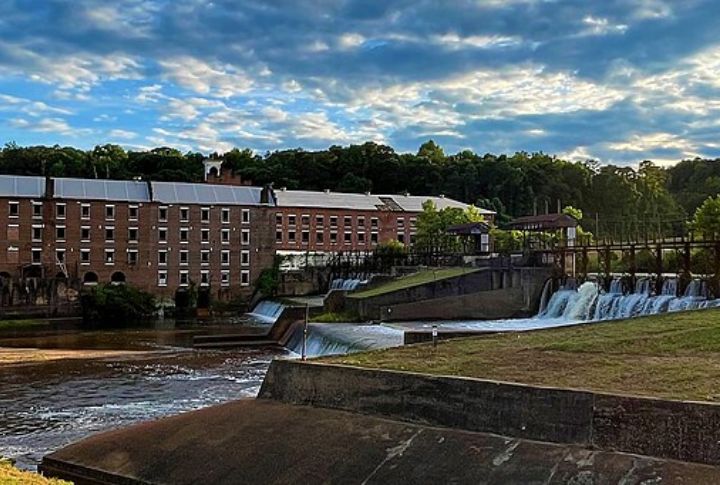
There’s something hauntingly beautiful about places left behind by time. These abandoned buildings tell their unique tale of ambition, innovation, and, ultimately, loss. As nature slowly reclaims 20 such structures in Alabama, let’s look at the stories their walls tell.
Roebuck Castle
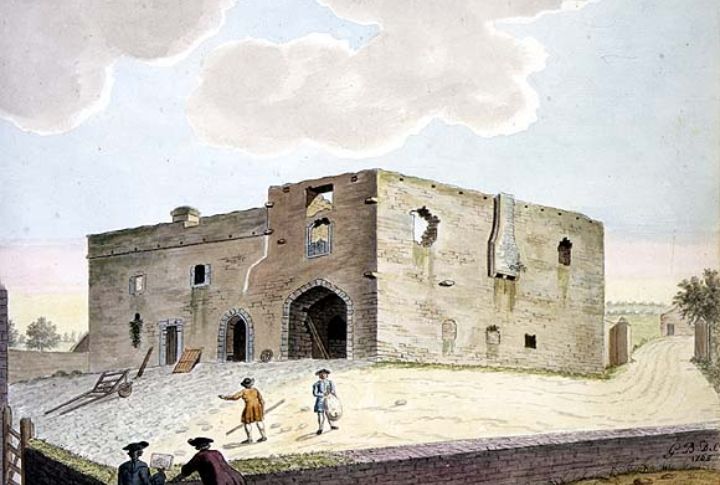
This grand castle was built as a home with castle-like turrets, an anomaly in Birmingham’s suburban scene. Time hasn’t been kind, with vines wrapping tightly around its crumbling facade and creating an eerie fairytale gone wrong. It really evokes a haunting, melancholic beauty.
Brown-Marx Building
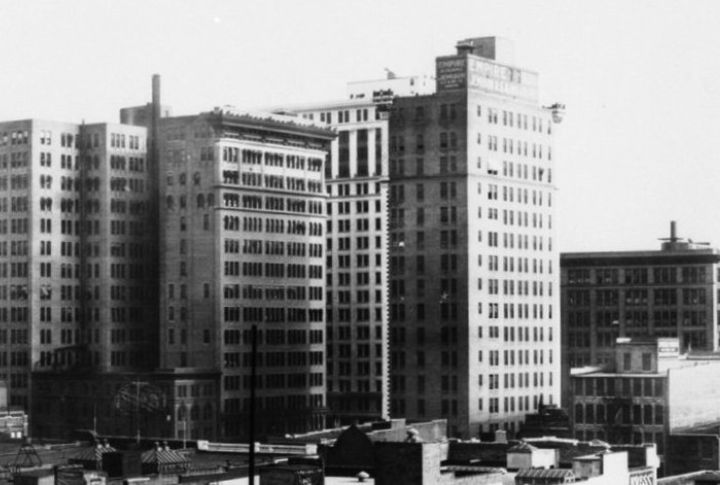
A symbol of Birmingham’s thriving office district, the building’s brick exterior stands in stark contrast to its forgotten interior. The glass has long been shattered, the offices emptied, and yet the building still commands attention—its future uncertain, though developers have expressed interest in revitalizing the space.
Graves Brick Company
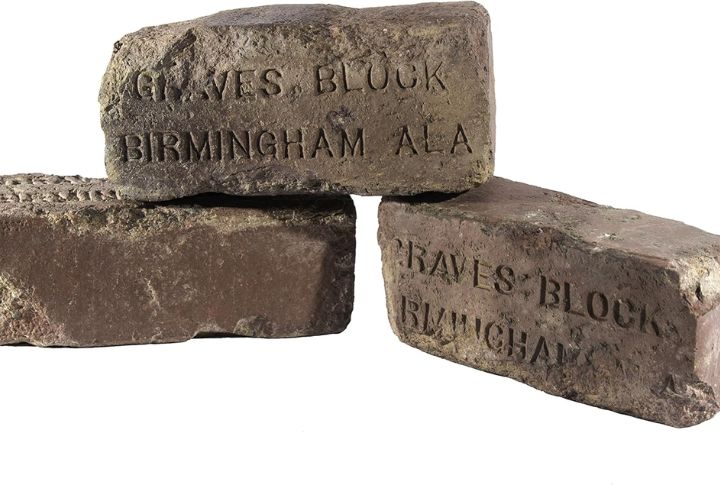
The redevelopment of the Graves Brick Company site has stalled due to regulatory obstacles and insufficient funds, leading to site demolition. The remnants of rusted machinery and collapsed kilns serve as part of the city’s industrial heritage preservation program. Efforts to document and catalog the site’s historical significance are also underway.
Searcy Hospital
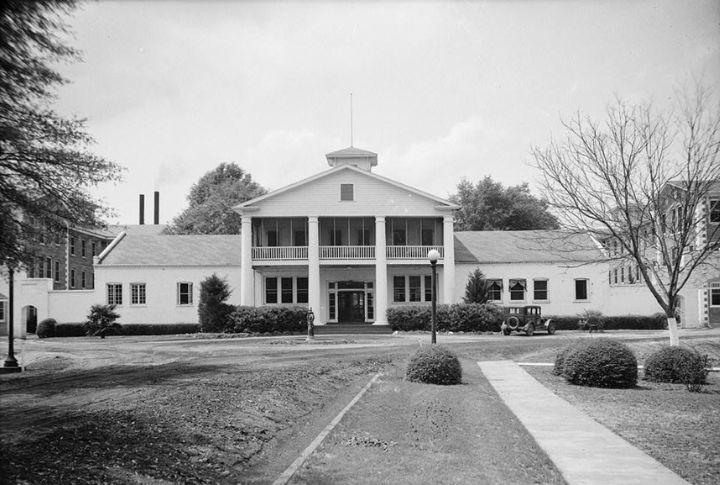
Established in 1902 in Mount Vernon, Searcy Hospital served as a mental health facility for African American patients during segregation. The hospital expanded over the years, featuring multiple buildings with classical architectural designs. However, changes in mental health care practices and the high costs of maintenance saw its end.
Prattville Cotton Gin Factory
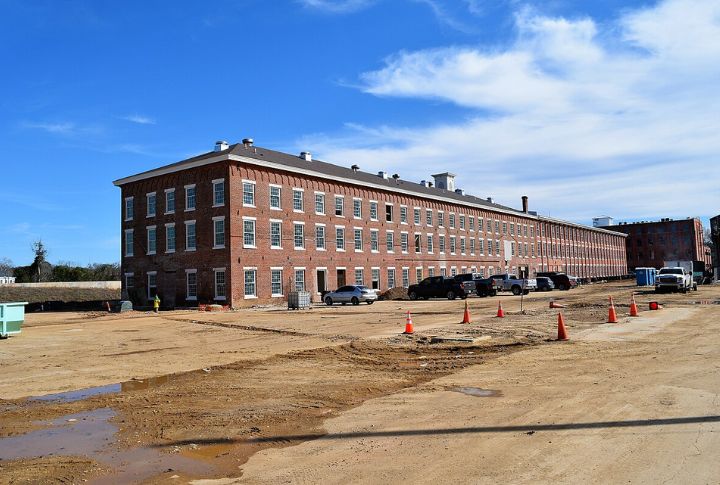
Constructed in the 1830s by industrialist Daniel Pratt, the Prattville Cotton Gin Factory was one of the largest manufacturing facilities in the South of its kind. The complex included multiple brick buildings and played a significant role in the region’s industrial growth. Operations ceased in the mid-20th century, and the site has since fallen into disrepair.
Birmingham Fire Station No. 16
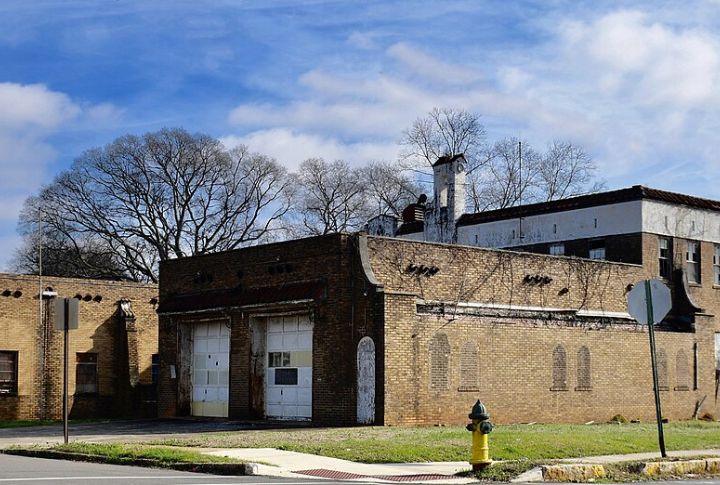
Birmingham Fire Station No. 16, built with striking brickwork and arched doors to accommodate fire trucks of the era, stood as a record of early 20th-century design. It closed after newer fire stations were built to keep up with modern needs. The station was established in the early 1900s and provided important services to the growing city.
Colored Masonic Temple
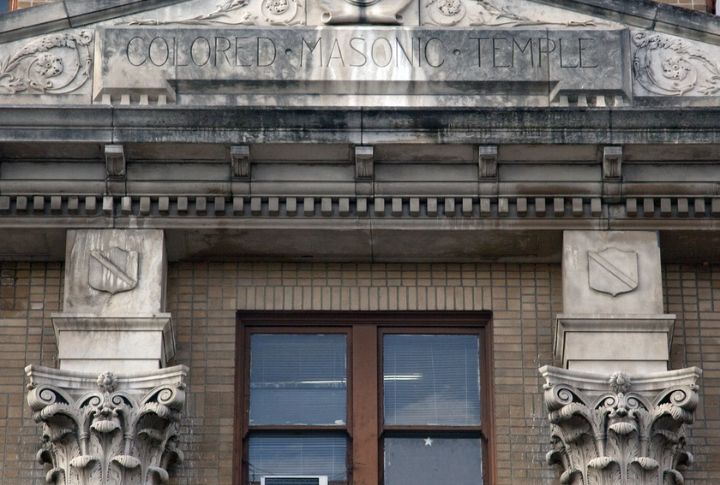
The Colored Masonic Temple, built in the early 20th century, is a symbol of Black leadership and resilience. It served as a cultural hub during segregation by hosting significant gatherings. Membership declined over time, and the building fell into disrepair.
Sweetwater Mansion
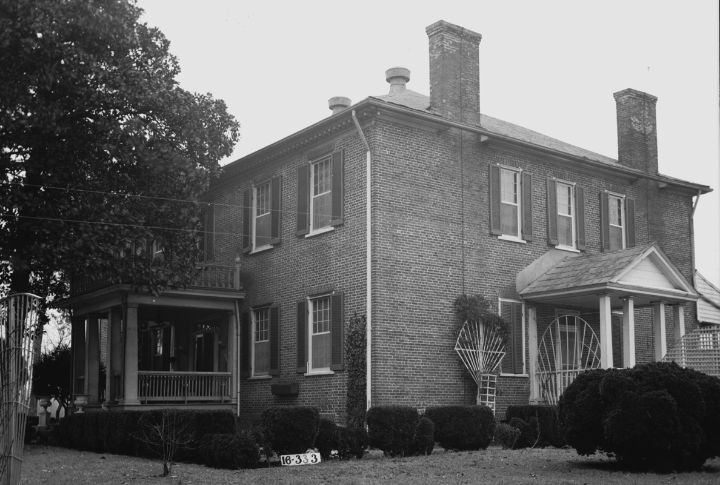
Sweetwater Mansion’s grand Greek Revival design includes large columns and high ceilings, representing the Southern wealth of its original owners. It was once a prominent estate (back in 1835), but the mansion began to deteriorate after financial challenges led to its abandonment.
Old Alabama State Capitol Building
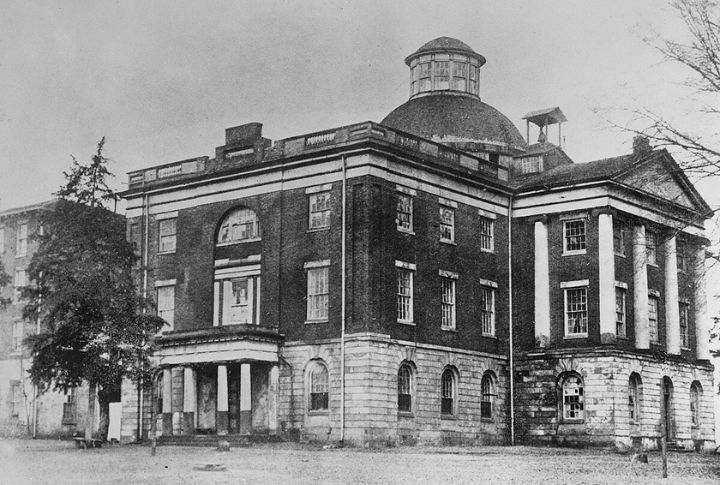
Until 1846, the Old Alabama State Capitol was the focal point of the state’s governance, but after the capital was relocated to Montgomery in 1851, it fell into disrepair. The Greek Revival-style building was known for its striking white columns and grand dome. However, as time passed, it began to lose much of its architectural grandeur.
Republic Steel
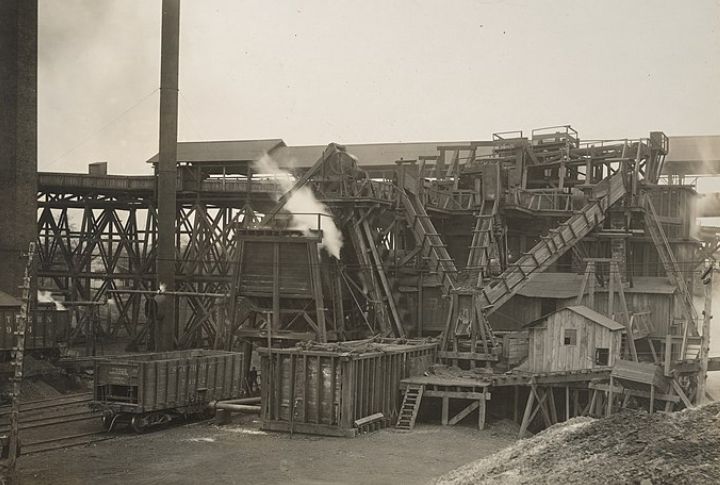
A giant in Birmingham’s industrial growth, Republic Steel produced steel at a massive plant in the city, fueling much of its economy. During WWII, the factory’s production was vital to the nation’s war efforts. However, as the steel industry evolved, Republic Steel’s operations began to decline.

